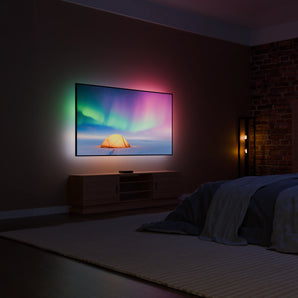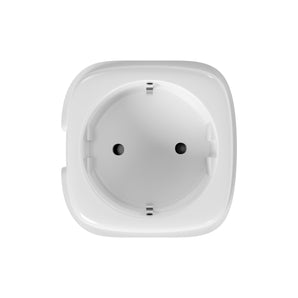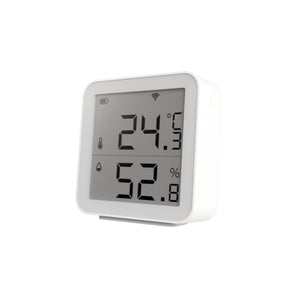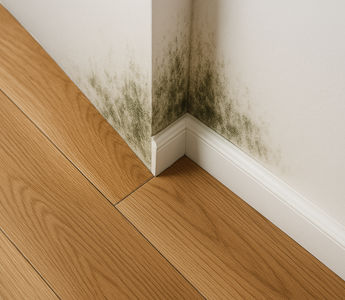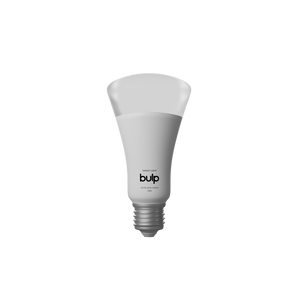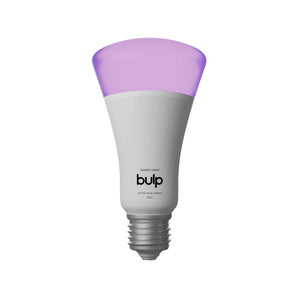Mold in the house is more than just an unpleasant sight or smell - it’s a serious health risk and a clear sign that something is wrong with the air quality in your home. Whether you’re dealing with a musty smell in house corners, black mold in house walls, or damp spots under flooring, the root cause is almost always the same: too much moisture in the air. Learning how to measure humidity and reduce it effectively is the first step to protecting your home and your health.
Humidity sensors - also known as air humidity meters, air humidity sensors, or humidity measuring devices - are essential for detecting moisture levels indoors. High humidity in house environments creates the perfect breeding ground for mold. Using a reliable humidity sensor allows you to track changes over time, especially in mold-prone areas like bathrooms, kitchens, or basements. Some smart models even function as remote humidity sensors, letting you monitor different zones in your home through your phone.
So how to lower humidity in house conditions before mold sets in? It starts with measurement. Once you've got a clear reading using a humidity measuring device, aim to maintain the ideal indoor humidity between 40% and 60%. Anything above that increases the risk of mold in home areas. And if you're already dealing with the problem, you’ve likely looked up how to fix humidity in house, how to get moisture out of house walls, or how to reduce moisture in house quickly. Dehumidifiers, ventilation, and moisture-absorbing materials like silica or charcoal can all help.
If you need to know how to lower humidity in house fast, using a dehumidifier connected to a smart plug is a powerful combo. A smart socket lets you automate when your dehumidifier or exhaust fan turns on, helping you keep humidity stable without wasting energy. You can also track the impact on your electricity usage with a household electricity consumption meter to avoid spikes on your utility bill while staying mold-free.
Humidity doesn't just lead to visible mold - it also causes lingering smells. If you’ve noticed a mold smell in house hallways or a musty odor in your bedroom, there’s likely hidden mold growing inside walls or under flooring. Mold under house structures or in crawlspaces often goes unnoticed until the smell becomes strong. That’s why it’s critical to test for mold in house spaces regularly, especially if humidity has been high or if you’ve experienced leaks, condensation, or poor ventilation.
Looking for how to get humidity out of a room or how to control humidity in home conditions long-term? Improving airflow, sealing leaks, and using smart humidity sensors are essential steps. In winter, high humidity is often trapped inside due to closed windows and heating systems. If you're wondering how to reduce humidity in house in winter, open your windows for short bursts of ventilation, use extractor fans, and monitor levels with a humidity measuring device.
Preventing mold is easier than removing it. But if you're already seeing signs, you may be considering home mold removal options. Whether it’s black mold in house corners, visible patches on walls, or just that persistent musty smell in house furniture, early action is key. Reducing humidity, improving airflow, and using targeted cleaners can help get rid of mold in house surfaces. For severe cases, professional removal might be needed - especially if the problem has spread behind walls or under the floor.
Mold in the home isn’t just a cosmetic issue - it affects indoor air quality and can lead to respiratory problems, allergies, and long-term damage to your property. That's why tools like humidity sensors, smart sockets, and even a household electricity consumption meter aren’t just convenient - they’re preventative. They help you act before small problems become costly repairs.
Whether you’re tackling a moisture problem in house rooms, dealing with mold in your house already, or simply want to prevent it from happening again, staying on top of indoor humidity is the smartest move you can make.
